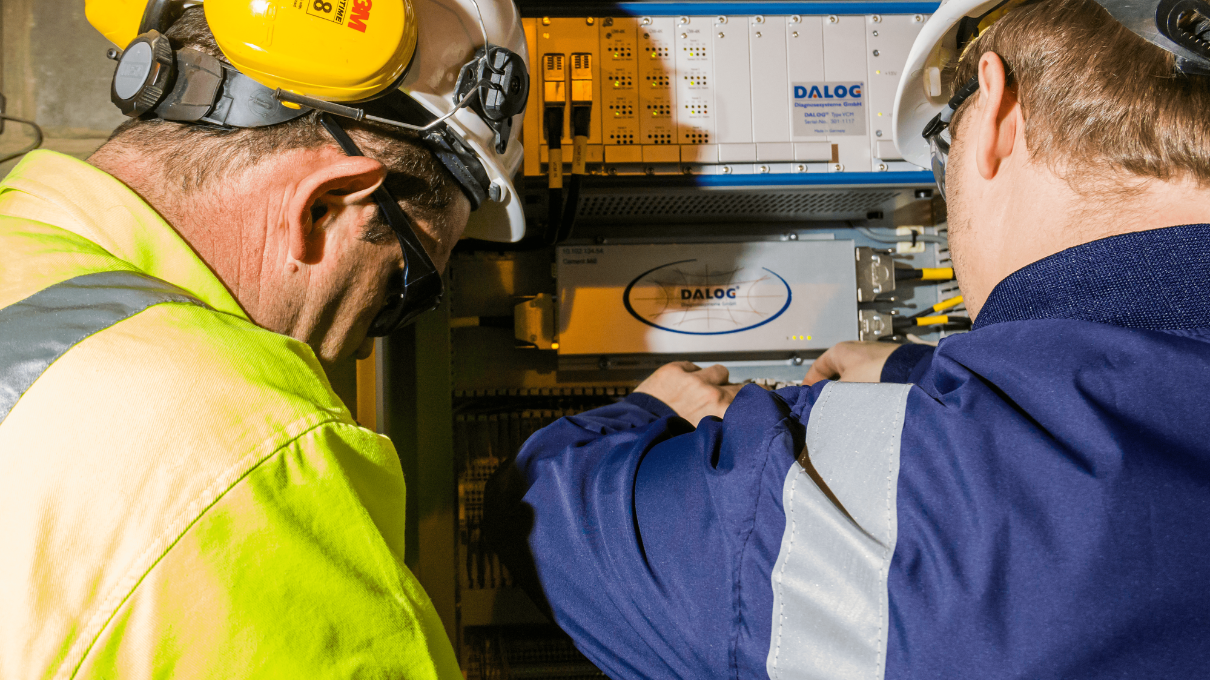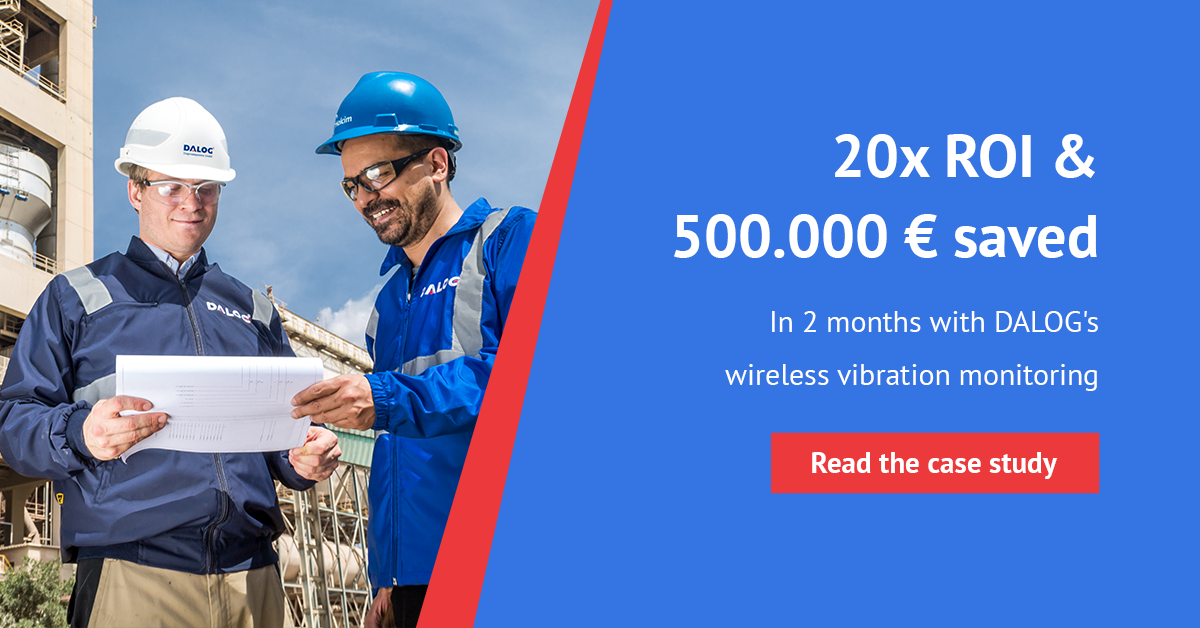Proactive Maintenance: The Key to Improving Plant Efficiency and Reliability
Maintenance is a critical component of any plant or manufacturing facility's operations. Equipment and machinery can quickly degrade without regular maintenance, leading to decreased efficiency and reliability and, ultimately, increased downtime and costs.
Traditionally, many facilities have relied on reactive maintenance practices, where equipment is only repaired or replaced after it has failed or shown signs of wear and tear. However, this approach can be expensive, time-consuming, and can disrupt operations.
On the other hand, proactive maintenance takes a more preventative approach, seeking to identify and address potential issues before they become major problems. Regularly inspecting and maintaining equipment and machinery can improve their efficiency and reliability while reducing the likelihood of costly equipment failures and downtime.
- The Challenges of Reactive Maintenance
- Benefits of Proactive Maintenance
- Implementing a Proactive Maintenance Program
- Predictive Maintenance: Taking Proactivity to the Next Level
The Challenges of Reactive Maintenance
Reactive maintenance, also known as run-to-failure or breakdown maintenance, is a maintenance strategy where repairs and replacements are only performed after equipment has already failed or shown signs of wear and tear. Reactive maintenance is a common strategy used by many facilities, as it can be viewed as a cost-effective solution in the short term. However, it can also lead to significant challenges and disadvantages, including:
Increased Downtime: When equipment fails unexpectedly, downtime is often required to repair or replace the equipment. This can lead to costly delays in production and decreased efficiency.
Higher Repair Costs: When equipment is not regularly inspected and maintained, minor issues can turn into more significant and expensive problems. The cost of repairing or replacing equipment after it has failed can be significantly higher than the cost of regular maintenance.
Reduced Equipment Lifespan: Reactive maintenance can cause equipment to wear out more quickly, leading to a shorter lifespan and the need for more frequent replacements.
Safety Risks: Equipment that is not maintained correctly can pose a safety risk to employees, potentially leading to workplace injuries or accidents.
Examples of costly equipment failures that could have been avoided with proactive maintenance include:
1. A conveyor belt failure led to a production line shutdown, resulting in a loss of thousands of dollars in revenue.
2. A malfunctioning compressor caused a chemical reaction, leading to a fire that damaged equipment and required expensive repairs.
3. A valve failure caused a leak of hazardous materials, leading to environmental damage and costly cleanup efforts.
By implementing a proactive maintenance program, facilities can avoid these challenges and mitigate the risks of reactive maintenance.
Take control of your maintenance with DAWi cutting-edge technology.
Benefits of Proactive Maintenance
Proactive maintenance is a maintenance strategy that focuses on identifying and addressing potential issues before they become major problems.
Regularly inspecting and maintaining equipment and machinery can improve their efficiency and reliability while reducing the likelihood of expensive equipment failures and downtime. Some of the benefits of proactive maintenance include the following:
Increased Equipment Reliability: Regular maintenance can help to identify and address issues before they lead to equipment failures, increasing the overall reliability of equipment and machinery.Improved Efficiency: Equipment that is properly maintained and operating at peak performance can increase efficiency and productivity, reducing downtime and increasing output.
Decreased Costs: Regular maintenance can reduce the need for expensive repairs or replacements and help extend the lifespan of equipment, reducing costs over time.
Enhanced Safety: Properly maintained equipment can reduce the risk of accidents or injuries in the workplace, ensuring a safer working environment for employees.
Compliance with Regulations: Many industries are subject to regulatory requirements for equipment maintenance and safety. A proactive maintenance program can help facilities to stay compliant with these regulations.
By implementing a proactive maintenance program, facilities can reap these benefits and achieve better results for their operations.
Implementing a Proactive Maintenance Program
Implementing a proactive maintenance program involves several steps, including:
Asset Inventory: The first step in implementing a proactive maintenance program is to identify and document all equipment and machinery that requires maintenance. This includes information such as make and model, age, and criticality to the production process.Maintenance Plan Development: Once an asset inventory has been completed, a maintenance plan can be developed. This plan should include details on the type of maintenance required, the frequency of maintenance, and the personnel responsible for performing maintenance tasks.
Condition Monitoring: In a proactive maintenance program, condition monitoring is critical. This involves monitoring equipment and machinery for signs of wear and tear or potential issues, such as vibration analysis, oil analysis, or thermal imaging.
Implementation: Once a maintenance plan has been developed and condition monitoring systems are in place, the program can be implemented. This includes training personnel on maintenance procedures and ensuring all equipment is properly maintained and documented.
Best practices for getting started with proactive maintenance include:
Start Small: It is often best to start with a pilot program for a small group of equipment or machinery before rolling out a proactive maintenance program across the entire facility.Use Technology: Technology, such as sensors or software programs, can automate maintenance tasks and provide real-time information on equipment health.
Involve All Personnel: A proactive maintenance program requires buy-in from all levels of personnel, from top management to frontline workers. Engage all employees in the process and ensure they understand proactive maintenance's benefits.
The role of condition monitoring in a proactive maintenance program is critical. Proper condition monitoring techniques include:
Vibration Analysis: This involves monitoring equipment for vibration levels, which can indicate wear and tear or potential failures.Oil Analysis: By analyzing oil samples, signs of equipment wear or contamination can be identified, allowing maintenance to be performed before failures occur.
Thermal Imaging: Involves using infrared cameras to identify potential issues, such as overheating or electrical faults.
By incorporating condition monitoring techniques into a proactive maintenance program, facilities can identify potential issues before they become major problems, ensuring reliable equipment and reducing maintenance costs.
Predictive Maintenance: Taking Proactivity to the Next Level
Predictive maintenance takes proactive maintenance to the next level by using data analytics and machine learning algorithms to predict equipment failures before they occur. This approach allows maintenance to be performed when most needed, minimizing downtime and reducing maintenance costs.
By incorporating predictive maintenance into a maintenance program, companies can achieve even greater efficiency and reliability, minimizing downtime and reducing maintenance costs.
Learn more about how to choose the most cost-effective solution for predictive maintenance from our exclusive eBook:







